Australia is facing a national crisis of gender-based violence, and workplaces have a critical role to play. Despite decades of reform, millions of workers continue to experience harassment, bullying, and discrimination.
Basic Rights Queensland (BRQ), alongside more than 25 organisations, has joined the National Joint Submission to Safe Work Australia’s 2025 Best Practice Review (the Submission) calling for stronger safety regulation to prevent work-related gendered violence. The Submission advocates for a shift from reactive, complaint-based systems to proactive, preventative regulation under Australia’s work health and safety (WHS) laws.
Current challenges
Australia’s current regulatory approach relies heavily on anti-discrimination laws.
While an essential workplace protection, these laws are not designed to prevent work-related gendered violence at scale. They operate reactively, requiring individuals to take action after harm has already occurred. This places the burden on the worker to initiate and sustain legal or procedural processes against their employer. This is a weak motivator for organisational change and fails to address the underlying risk factors that perpetuate gendered violence.
Likewise, access to redress depends on a person’s willingness and ability to pursue a complaint against an employer – a step many avoid due to power imbalances and barriers to justice. This leaves businesses with little incentive to proactively prevent gendered violence or implement structural reforms.
It is estimated less than 1% of people who experience work-related sexual harassment or bullying report this harm to the Australian Human Rights Commission and Fair Work Commission, and approximately 80% of workplace harassment cases go unreported. This highlights how the current regime is failing to protect workers.
A WHS approach
We believe Australia’s WHS framework is uniquely suited to drive primary prevention of work-related gendered violence. When properly applied, WHS laws have the potential to address the drivers of work-related gendered violence: power imbalances and gender inequality.
By explicitly regulating gendered violence, the responsibility for preventing harm and eliminating gendered violence will rest with employers. This shifts the focus from reactive processes to primary prevention, creating clear compliance and enforcement obligations.
Primary prevention requires systemic measures that target the root causes of violence. For example, low workplace diversity, workforce gender segregation, male dominance in leadership roles, and harmful attitudes combine to perpetuate the power imbalances and aggressive masculinity that fuel violence. Eliminating these factors is essential to building safer, fairer workplaces.
What we’re calling for
The Submission urges Safe Work Australia to introduce an express duty under the WHS laws and regulations to eliminate risks and proactively prevent work-related gendered violence. This duty should address intersectional power imbalances, harassment, discrimination, and victimisation based on protected attributes, and workplace gender inequality.
The Submission also calls on Safe Work Australia to continue leading the way in workplace protections by:
- Mandated risk management – Require PCBUs to identify, assess, control, and monitor risks of discrimination, harassment, and victimisation, particularly for women with intersecting identities.
- Recognition of rights – Affirm that all workers have the right to a safe and healthy workplace free from discrimination, harassment, and victimisation.
- Clear definitions – Define work-related gender-based violence and harassment in the WHS regulations.
- Consultative processes – Ensure risk assessments and prevention plans are developed in consultation with workers.
- Prevention plans – Ensure identification and assessment of work-related gendered violence risks occur via mandated risk assessments, with controls documented in prevention plans.
- Expanded risk factors – Include industry gender segregation, workplace power imbalances, insecure employment, and systemic discrimination as risk factors for gender-based violence.
- Improved reporting – Introduce measures for better reporting and notification of workplace bullying, sexual harassment, and other forms of gendered violence.
BRQ welcomes these reforms as a vital step toward respectful, more inclusive workplaces.

